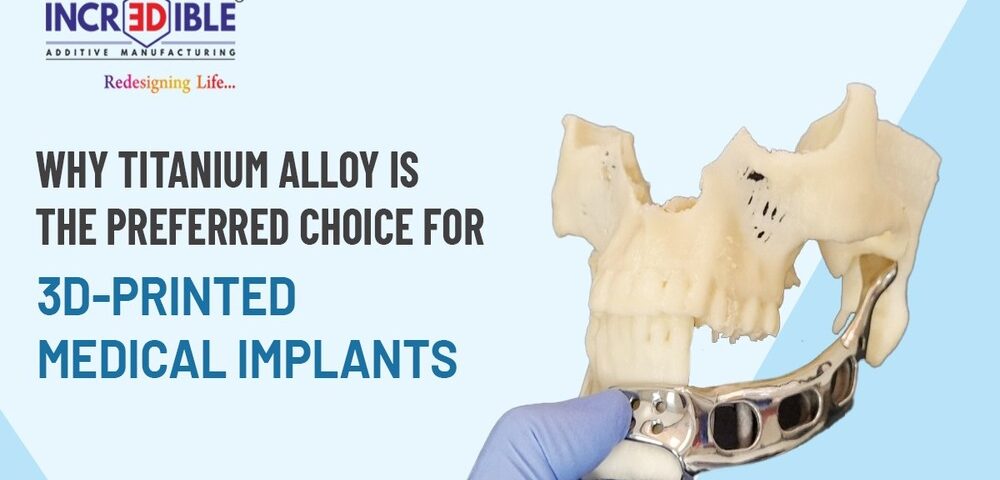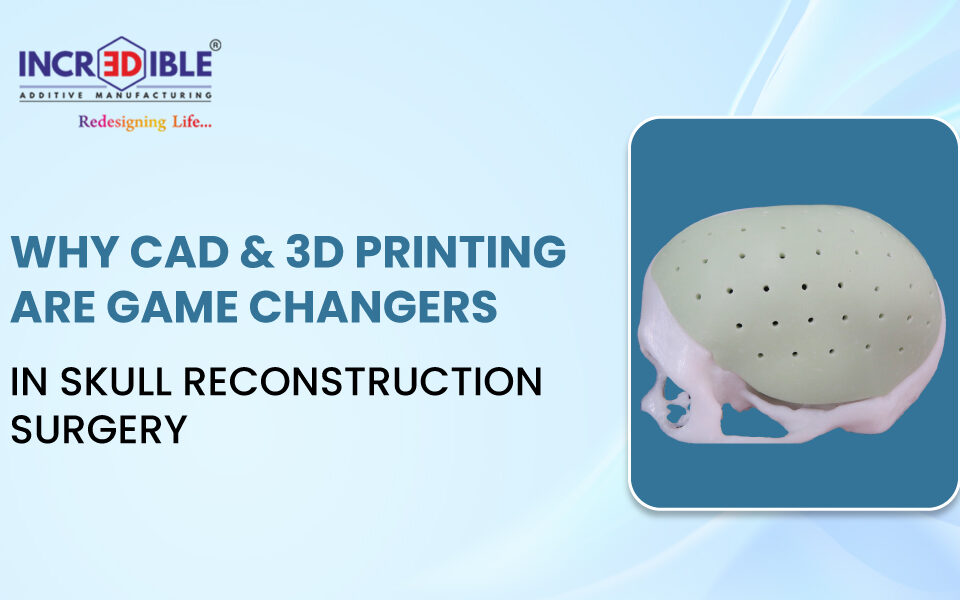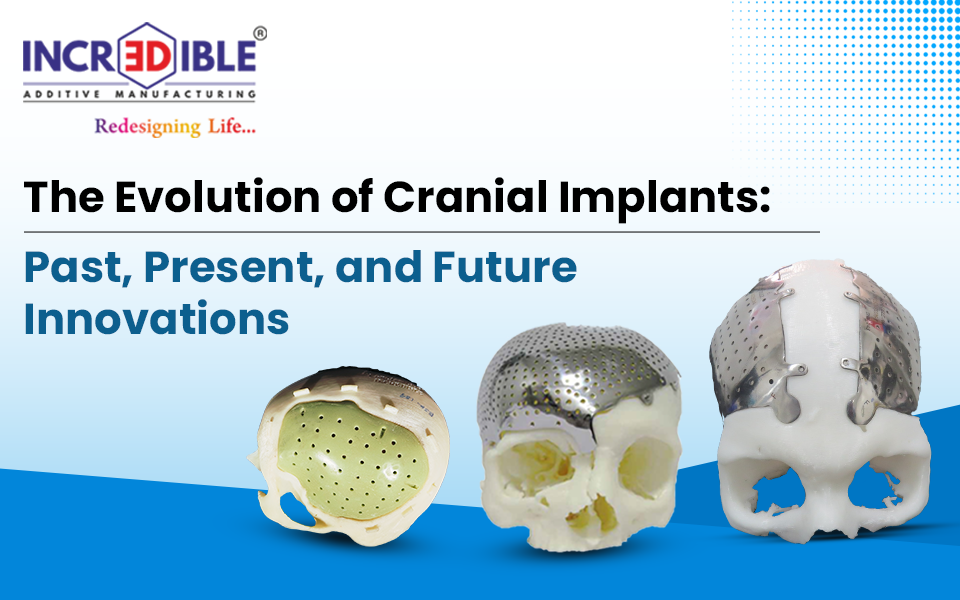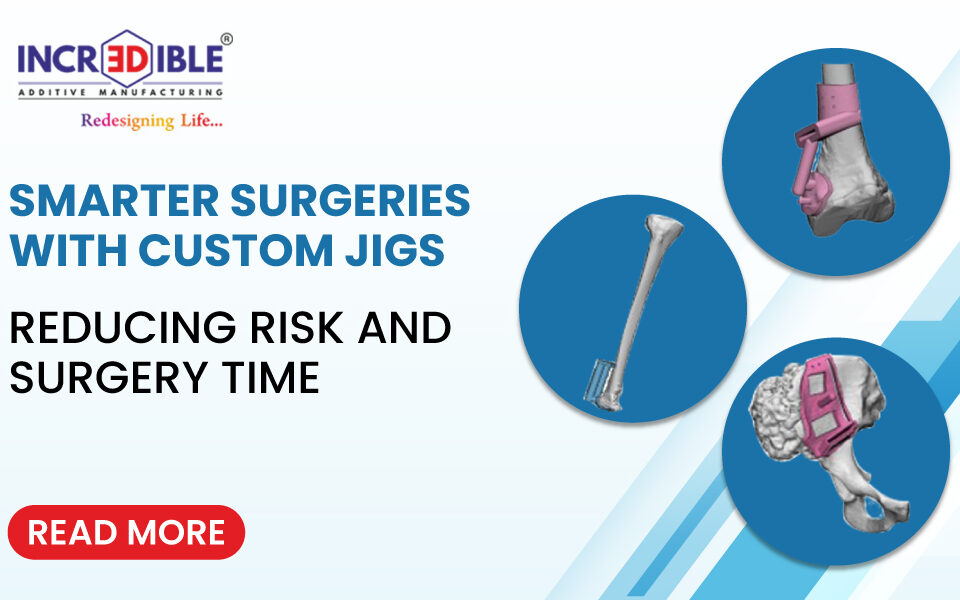The metal processing done using traditional methods involves complex structures and often results in high production costs, as the process requires creating a porous structure that is adequately dense. If the process of bone implantation seems complex, it becomes even more challenging to replicate the natural cortex with the cancellous structure of the bone. This is where 3D printing technology offers a significant advantage. It can meet the manufacturing requirements for small parts while also accommodating large-scale production. The key benefits are precision and efficiency. If you are wondering why Titanium alloy is the ideal choice for 3D-printed medical implants, you have come to the right place.
Titanium Alloy: The Preferred Choice for 3D-Printed Medical Implants
Today’s technological advancements have made many aspects of healthcare much easier, and 3D printing is a prime example. This technology provides rapid and customizable solutions for orthopaedic implants. It allows for the creation of implants tailored to the patient’s specific needs, with precise control over the microstructure of the implant. Titanium is particularly well-suited for this purpose due to its superior properties in the medical field.
Titanium alloy offers unique benefits not available with other materials. Metal 3D printing can produce porous metal structures, known as lattice structures, which traditional methods cannot achieve. These lattice structures provide superior mechanical solutions comparable to human bones and support nutrient flow and blood vessel growth, promoting healthy bone growth. For a long-term solution, Titanium alloy is ideal for maintaining healthy bone growth in the porous structure of the implant.
The Benefits of Using Titanium Alloy as a 3D Printing Material
Titanium is a highly compatible material for 3D printing and medical implants. Its biocompatibility means that the body does not reject it, making it a top choice for medical implants.
- Ideal for Hip Implants: Titanium alloy’s stability and high quality offer patients better comfort and an extended implant lifespan. It is particularly suitable for hip implants because its weight is much lower compared to cobalt-chromium alloys used in traditional processes.
- Personalized Customization: 3D printing technology allows for customization according to the patient’s native bone structure. This ensures a precise fit, reducing the impact of the implant and enabling faster recovery.
- Low Production Costs: 3D printing is both fast and efficient. Unlike traditional methods that require moulds and large amounts of raw materials, 3D printing can produce implants within 24 hours, saving time and money. It operates in a vacuum or with special gases, and uses near-net molding, making it a cost-effective and quick production method.
Conclusion
Incredible AM Pvt. Ltd has achieved notable success in the medical sector by creating high-quality 3D-printed medical implants. As technology continues to advance, we expect further improvements in material properties, control, and information technology, enhancing the perfection of 3D-printed medical implants. Consider 3D Medical for cutting-edge medical solutions that offer patients superior comfort.




